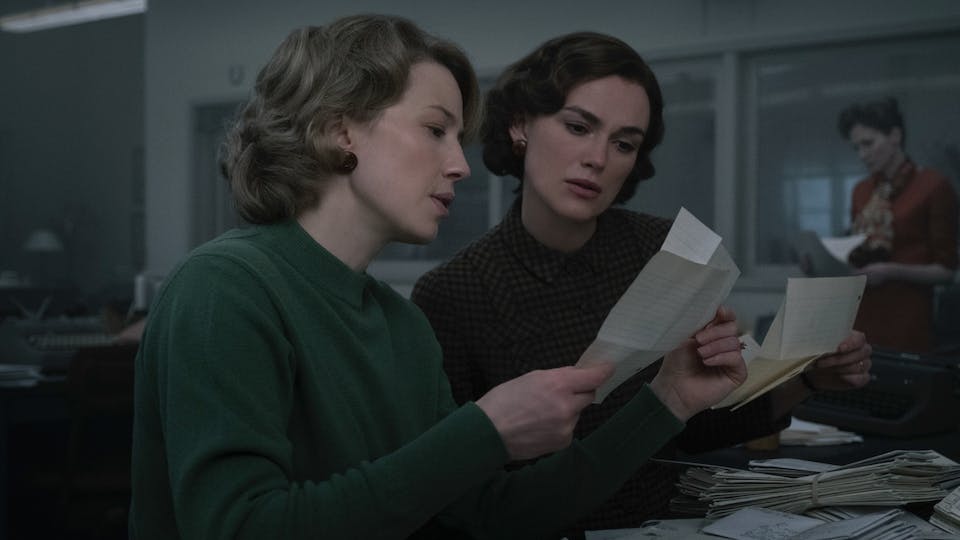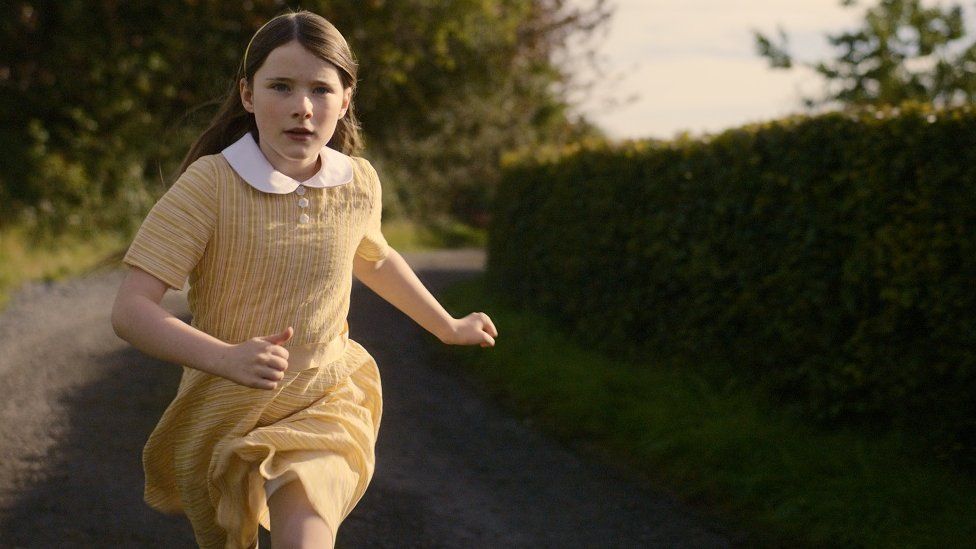Imagining the Indian: The Fight Against Native American Mascoting
by George Wolf
“We’ve been used for entertainment for so long, most Americans don’t even question it.”
Imagining the Indian is a documentary with a clear agenda and a specific target audience. It isn’t really interested in preaching to the choir, and it seems to realize there are those on the opposite side who view even broaching the subject as threatening some God-given right to tell others how to feel.
But in the middle, there’s a group that may indeed have never questioned why Native American team names and mascots need to be changed.
Imaging the Indian makes a clear and very convincing case.
In short, “It’s either racist or it’s not.” True enough, but directors Aviva Kempner and Ben West follow that early declaration with multiple historical and uniquely personal perspectives that repeatedly drive the point home.
Like Kempner’s 2019 doc The Spy Behind Home Plate, the approach is far from stylish, but heavy on substantial persuasion, usually from those most directly affected by the demeaning mascots, team names and group cheers.
While veteran sports journalist (and co-producer) Kevin Blackistone finds no shortage of sports fans who dig in their cleats and yell “It’s just a name!,” we see a series of Native Americans who have receipts. And they say it honors nothing but a continued “white fantasy” of a people swept out of the way for hundreds of years.
“I’m so past arguing. This is life and death for us.”
Really? Life or death? Yes, expect more receipts.
Kempner and West also highlight the leadership of Native American activist (and 2014 Medal of Freedom winner) Suzan Shown Harjo, and offer solid rebuttals to the frequent charges of “erasing history” and those misleading polls which seem to suggest Native American support for the controversial mascots.
I’m actually writing this review while a Cleveland Guardian’s game plays in the other room. And while it’s encouraging to note that the Cleveland Indians/Chief Wahoo die-hards are becoming less and less vocal, I know first hand that plenty still proudly resist the name change as some heroic stand against “wokeness.”
But with the Washington football team finally ditching “Redskins” (a name singled out as the most blatantly offensive of all), progress is being made, which is why it may be the most opportune time for Imaging the Indian to get this wider release.
Can a documentary actually be the tipping point for a new conventional wisdom, and a catalyst for permanent change?
Ask Sea World.














